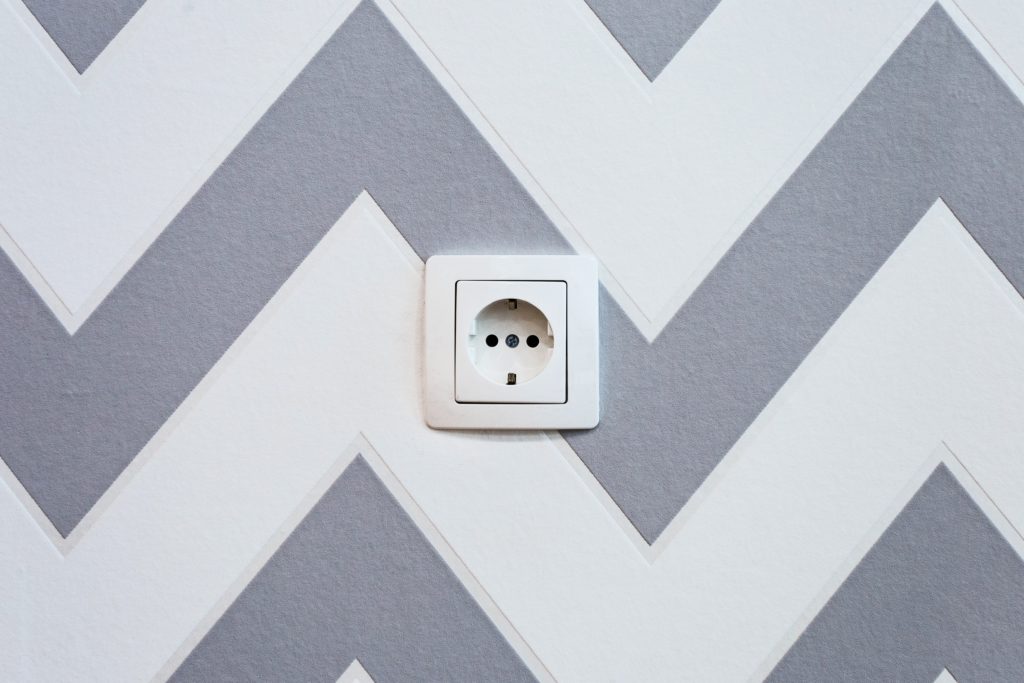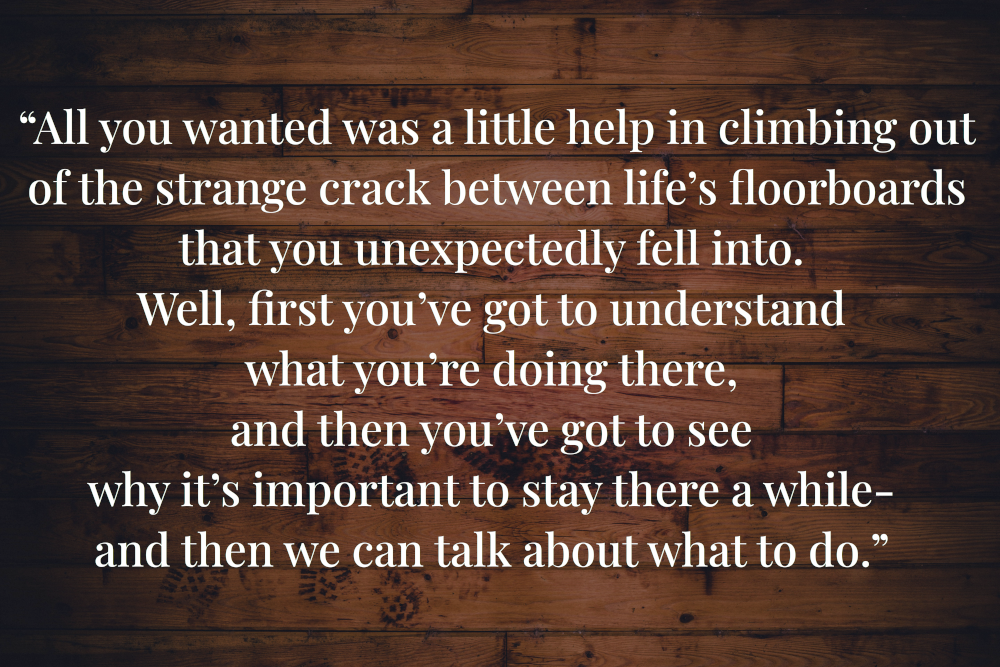Anyone growing up in the UK in the 80s and 90s will remember the ‘Henry hoover’. An electric vacuum cleaner with a friendly face and a robust constitution always ready to clean your house with a smile. When ‘Henry’ was launched by Numatic in 1981, sales took off and Henry was invited into houses and workplaces across the nation. People even started talking to ‘Henry’ while they cleaned. Creator Chris Duncan commented that, “We turned an inanimate object into an animate object”1.
We were given a ‘Henry’ as a wedding present in 2008 and when we moved to Istanbul in 2009, Henry came with us on the flight (admittedly in the hold, we didn’t book him a seat). Plugged into his two-pin Turkish adaptor, Henry immediately got to work in his new surroundings in our 4th floor flat on the edge of the city.
8 years later he moved with us to a city centre apartment (no perceivable impact on his workings) and even relocated back to the UK with us in 2020. This time while we flew, he took a road trip across Europe, with a two week stay in Belgian quarantine after his driver caught Covid.
Not only has Henry effectively beaten me to the intercontinental road trip I’ve always dreamed of, but he’s been through the complete international relocation experience without any marked sign of stress, unsettledness or anxiety. The only hiccup throughout the 16 years so far was realising we couldn’t source his internal dust bags overseas, so whenever we visited family back in the UK we made sure to pack Cadburys for us and inner bags for Henry. He’s still going strong in our UK home today.
I’m telling this story because deep down a part of me thought that I would cope with major life transition as well as Henry did. There was a subconscious expectation that moving overseas would be basically like being unplugged from one place and then plugged back in elsewhere and off we go. Maybe I’d need an adapter, perhaps even supplies from ‘back home’ to keep me going (the chocolate certainly helped), but essentially I’d just ‘work the same’.
When I put it like this, I wonder if a part of me doesn’t even envy ‘Henry’ for his unflappable nature and ability to adjust.

But this brings us right back to the conversation from last time. While the genius of Henry’s marketing team was to make him feel and seem ‘animate’ when (dare I say it) he’s just a machine.. (sorry Henry).. the anti-genius of our mechanistic mindset is the subtle and subconscious tendency to think that we – animate humans – are actually able to operate inanimately, like Henry..
When we go through transition (wanted or unwanted), it might not simply be a case of ‘plug me back in again somewhere else and I’ll work like I did.’
Rather, we are brilliantly and beautifully growing, changing, adapting, maturing, synthesising experiences and becoming a new expression of ourselves as we move and enter a new space. When we give ourselves the time and space to look for it, we discover the signs of growth and development have been there within us all along, we just didn’t have the wherewithal to notice it before. This is a beautiful realisation, if we can let go of the need of ‘getting going’ long enough to take the time to appreciate it.
When we start to ‘work’ after a time of reflection, our efforts can then come from fresh awareness, the riches gleaned from past experience, newly incorporated cultural insights and even with new strength from the unsettledness, pain or loss we have had to push through.
We will still get going again, but we are differently ourselves, in a most wonderful, newly discovered way.
Recharge & Repair -v- Rediscover & Renew
A recharge mentality assumes that when something is ready to use again it will function in exactly the same way as before.
Renewal thinking recognises that we might not emerge the same as we were before. And that’s not generally a product of dysfunction but a sign of maturation and resilience.
A recharge mentality is concerned with getting to do the same thing again as quickly as possible because if that’s what we did before, that must be what we will always do going forward.
Renewal thinking gives permission to reflect, dream and reimagine. It offers space for us to explore how we have grown, changed and developed in the last season and invites us to listen to what hopes are stirring about what else we might want to do or become.
Repair thinking judges lack of visible, active productivity as brokenness that must be fixed. We are working or broken. On or off. Useful or not.
A renewal mindset recognises that living things are always growing but yet not always bearing visible fruit. We don’t chop down a tree without apples in the depths of winter. We understand implicitly that it isn’t ‘broken’ but rather dormant as it restores and regains internal energy.
Recharge and repair thinking only offer simple processes. On off. Working broken. Full up or run down. Good to go or in need of being thrown out.
Renewal mindset delights in the rich complexity of human experience in holistically multi-faceted people. We have spirits, emotions, bodies, minds. It makes sense that the interplay might not always be linear or even rational.
In other words, while we are frantically looking for a way to simply plug ourselves in and recharge ourselves to get busy again, we might be missing out on an opportunity for a season of refreshment and a chance to change; a moment to realign ourselves with our deeper and bigger purposes and enter a renewal that is both timely (storing up/bearing fruit in season) and true to who we are made to be (not simply what we are busy doing).
While there are opportunities for these moments on a small scale in our daily, weekly and monthly routines, it is our major transition moments that provide the most clear opportunities to reflect on:
- WHERE we are now (literally and metaphorically) and the response in our life and behaviour that requires, and
- WHO we are now and what shifts that demands we bring about from our work, activity and relationships.
So what does this mean?

On one level, this is a challenging idea. That move we are making might end up taking longer and feel more unsettling and make us a little more vulnerable than we had hoped and anticipated. Simply plugging back in looks like it avoids all that.
But the joy of renewal is that there is rich discovery and a fuller life to be created if we allow ourselves to let go, rest in the quiet dark gap as we discern what’s going on at a deeper level, and then begin to go again in the light of what we’ve heard, seen and come to realise there.
It took me a long time to come to terms with our international move, and an even longer time to ‘start working’ again, emotionally, mentally, physically, spiritually. I was initially horrified to discover I couldn’t just ‘get going’ again once I landed back in the UK. The first years of transition became a deep dive exploration to process how I had changed in the 11 years we were away; what I was proud of (and not so); what I had enjoyed and realised about my values; and how I wanted some themes and ideas to continue into the next phase, and others I wanted to let drop and move on from. 3.5 years on, I’m quite startled (delightedly so) to see that although I’m still ‘me’ in essence, I’m not who I was back then. There is learning and growth that has become incorporated into who I am now. Sitting in the gap a while has meant that the action emerging is more based on and growing from intention, than merely assumption.
Just because we were one way ‘over there’, doesn’t mean we have to be the same way by default here. Life doesn’t have to just be on/off/suck/empty/repeat for us.
Unlike Henry, we have the opportunity to change, grow, develop, mature, laugh, cry, live and become a fresher, fuller more satisfied and delighted version of ourselves.
Also, we don’t have to live in a cupboard.
If you’re wondering what this might look like practically, or simply need a thinking partner to equip you and walk with you in the gap, why not work with a transition coach? Contact me to book in your free explore coaching session and consider what this might look like for you.
Last time we said that we are more like a tree than a toaster.
This time we acknowledge that in our major transitions we might not behave like ‘Henry’. But this doesn’t mean we are broken. Rather it reminds us that we are holistic human beings who grow, mature and are affected by change.
The moment when you’re metaphorically speaking looking between yourself and the plug, flicking the switch and wondering why things aren’t just ‘working’ is actually (believe it or not) a moment to delight that we are human and can discover something new about ourselves, others, cultures, relationships, hopes, hurts and potential right there.
So let’s learn to stop expecting ourselves to simply plug in and go (rejoice when we can, embrace it when we and others can’t). Instead let’s continue to welcome and wonder in the daily, weekly, monthly, yearly cycles of renewal and to notice with curisosity, wonder and delight, who we are becoming in the process.
1https://en.wikipedia.org/wiki/Henry_(vacuum)#:~:text=Henry%20(also%20known%20as%20Henry,cleaner%20still%20made%20in%20Britain.
Photo thanks to Neven Krcmarek and Keith Misner on Unsplash


Elke Hanssmann
ah love reading your reflections Ruth as they are always born out of real life experience rather than studies of theories and ideas. that makes you such a brilliant coach too 🙂